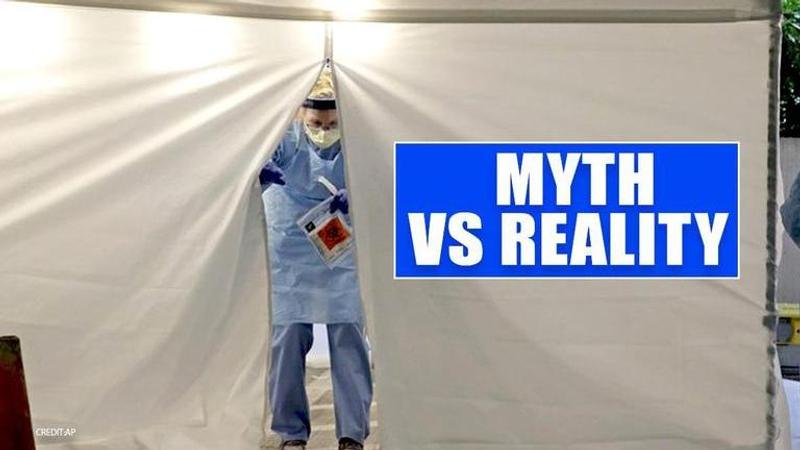Published 17:48 IST, March 16th 2020
Coronavirus outbreak: Busting five common myths about global pandemic
After the novel coronavirus was declared as a pandemic by the World Health Organisation declared, netizens social media with suggestions to prevent the threat.

After the novel coronavirus was declared as a pandemic by the World Health Organisation (WHO), netizens filled social media with suggestions to prevent the threat of COVID-19. People have started pitching weird measures and home-made remedies to contain the spread of the deadly virus.
While the government and public health agencies are frequently issuing advisories against misleading information regarding the coronavirus, the myths are still getting amplified on social media. Here are some of the myths circulating on messengers and social media:
Myth: Antibiotics can prevent a person from getting infected
Reality: Antibiotics work against bacterial infections and not viral infections. The novel coronavirus, as the name suggests, is caused by a novel strain of a virus which means antibiotics can not prevent or treat COVID-19.
Myth: Only older people are at risk of coronavirus infection
Reality: While older people with underlying medical conditions, like high blood pressure, heart disease, lung disease, cancer or diabetes, are more likely to develop serious illness, people across the age group can get infected by the virus.
Myth: Cow urine and cow dung can be used for treating COVID-19
Reality: No medical research or public health agency has confirmed the veracity of such bizarre and outlandish claims. Please don’t pay heed to these myths.
Myth: One can contract the disease only by touching the infected person
Reality: Preliminary studies have suggested that it behaves like other coronaviruses and may persist on surfaces for a few hours or up to several days. So people can catch the disease by touching such surface and then touching their eyes, nose or mouth.
Myth: A person displaying no COVID-19 symptom has not been infected
Reality: The symptoms may appear in 2-14 days after exposure so it is not necessary that people displaying no such symptom have not been infected by the virus. That’s why it is necessary to practice social distancing even if people around you look visibly healthy.
Updated 17:48 IST, March 16th 2020




